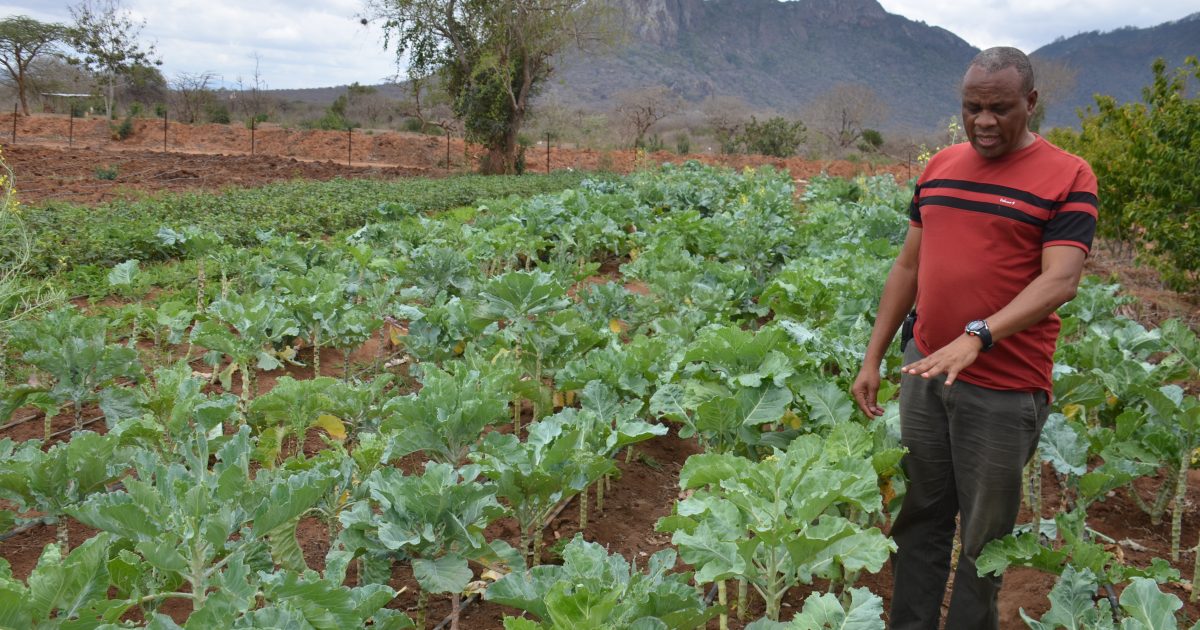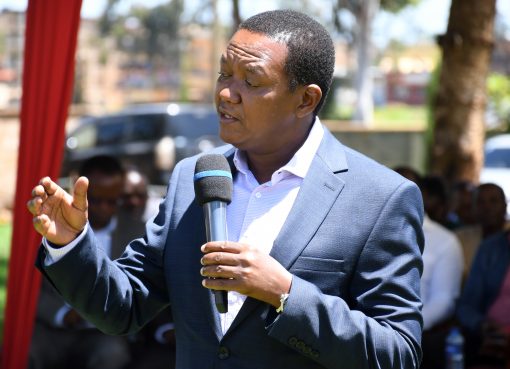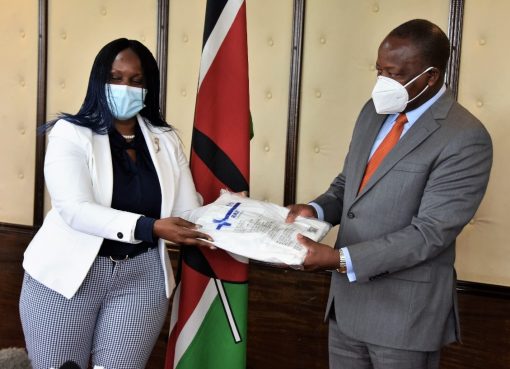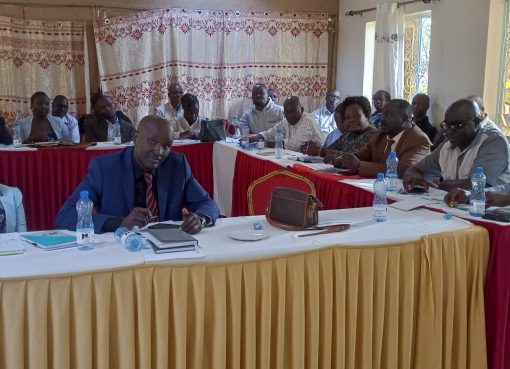The breathtaking beauty of sprawling Talio Nyika lowlands of Sagalla hills in Voi sub-county can be overwhelming to a first-time visitor.
The mirages dancing dreamily on top of thickets and the idyllic feel of laid-back huts tucked snugly inside the brooding bushes makes a veritable muse for bards and dreamers. However, locals rarely savor this beauty because underneath it all lies hope and despair.
Characterized by dense vegetation stretching from the foot of Sagalla hills to the border of Tsavo East National Park, this land hides deep aches by artisanal farmers from many villages in the Sagalla area.
“This is elephants’ playground. We know it because it’s our land,” says Mr. Mical Njae, an elder at Kirumbi village.
The jumbo invasion at Talio Nyika in Teri B community ranch has been a monumental challenge for decades. It particularly made crop farming an impossibility. When migrating or fleeing from drought, elephants traipse through these lands often arriving at night using the darkness to cover their movements. They lay farms to waste and only retreat at dawn having satiated their leviathan appetites.
Left behind is a trail of bitter tears, loud wails and agonizing tales of woe by artisanal farmers who have borne the brunt of this destructive might for ages. The failed rainfall has aggravated the situation making farming a high-risk venture only attractive to the foolhardy.
The only farming possible for farmers is confined to the traditional farms perched high in the hills. The terrain makes it impossible for elephants to navigate to get to the farms. These tiny farms have overtime become unproductive because they are too rocky with soil being thin from decades of tilling.
In the midst of such a harsh environment, one local farmer has embarked on a quest to change the narrative that elephants-infested Talio Nyika lowlands cannot become rich agricultural farms. Armed with hope and ideas, Mr. Simon Mwacharo’s ambitious program entails conquest of nature.
He aims to tame the wild lands, pacify the hostile environment and transform nature into a benevolent ally.
“This land is unfriendly to farming but remains farrow and very fertile. With proper strategies, it can be transformed into paradise with potential to become a food basket for the region,” says the farmer.
Being a farmer is one of the many hats Mr. Mwacharo wears. Trained as a teacher, he worked for over twenty years with United Bible Society as a senior translator and transcriber. He is also a self-taught engineer and a leading consultant in the wind energy sector. He spearheaded the construction of Kipeto Wind Farm in Kajiado County in a project that saw 100 megawatts added to the national grid; a success he rarely talks about.
“Though I trained as a linguist, I am a tinker. I love to make things. That is how I started making wind turbines to solve energy problems,” he says.
This addiction for tinkering drove him into researching what innovation was suitable to make the hostile lowland farms productive. He says he was haunted by memories of farmers fleeing from the fertile lowlands to engage in futile farming in the rocky hills.
“Tilling in the hills is punishment farmers are subjected to for the hills are very rocky. The fertile lowlands are left empty. This is what we need to change,” he states.
Four years after he embarked on his mission to make lowlands agriculturally viable, his concept of dry-land farming has changed his 22-acre land into a stunning off-the-grid self-sustaining ecosystem.
The farm, a model of controlled dry-land farming, now boasts of its own water-reticulation system, waste-recycling plant and electric power generation system. Such innovations are key to unlocking farming potential in a region plagued by the twin threats of aridity and human-wildlife conflict.
Mr. Mwacharo says exploiting the farming potential in lowlands should include finding a permanent solution to each factor hostile to farming activities. One key challenge was the elephants’ invasion; a headache that sent farmers scurrying to the hills.
“Elephants are still with us. They come as they have always done but they cannot access my farm,” he says.
He says he dredged a massive 1.7-kilometer long elephant trench around his entire farm. The five-feet deep; four-foot wide trench acts like a moat around a castle. This barrier effectively cut the jumbos off from his farm. The second challenge was on access to water. The lowlands are floating on a massive water table fed by surface runoffs from the hills whenever it rains yet they remain dry.
A subsequent hydrological survey later confirmed the presence of a rich aquifer.
“We drilled the borehole. With water, we can engage in dryland irrigation. We even have a tilapia fishpond,” he adds.
With an hourly yield of 11,000 liters of fresh water, the borehole has adequate water to meet the farm demands and with the surplus being stored in a massive reservoir and other given to neighbors.
From then on, the farm grew. There is currently a vibrant orchard bursting with fruits like soursop, pixies, mineola, watermelon and pawpaws. Other crops are maize, beans, dwarf cavendish bananas and vegetables like kales and tomatoes.
Mr. Mwacharo says maximizing the land potential will be actualized through mechanization and irrigation systems. The expansion of the orchard will see the farm accommodate 600 pixies, 100 cashew nut trees and grapes. Planting of apple trees, bananas and pawpaws is also in the works.
The farm is wholly powered by green energy. By tapping solar energy and installing of a wind turbine to generate wind energy, there is enough power to run an irrigation system, operate borehole, power an electric fence to keep away smaller game like baboons and operate home appliances.
The farmer has also constructed a bio-digester system that recycles human and animal waste into biogas energy used for cooking. The remaining sludge after harvesting of gas is piped into the farm as organic manure.
Mr. Mwacharo says with proper planning and investments; the lowlands can be changed into secure agricultural farms where farmers can boost farm production.
By Wagema Mwangi





